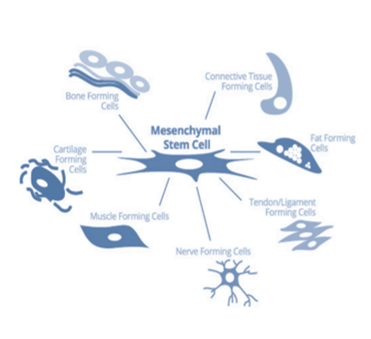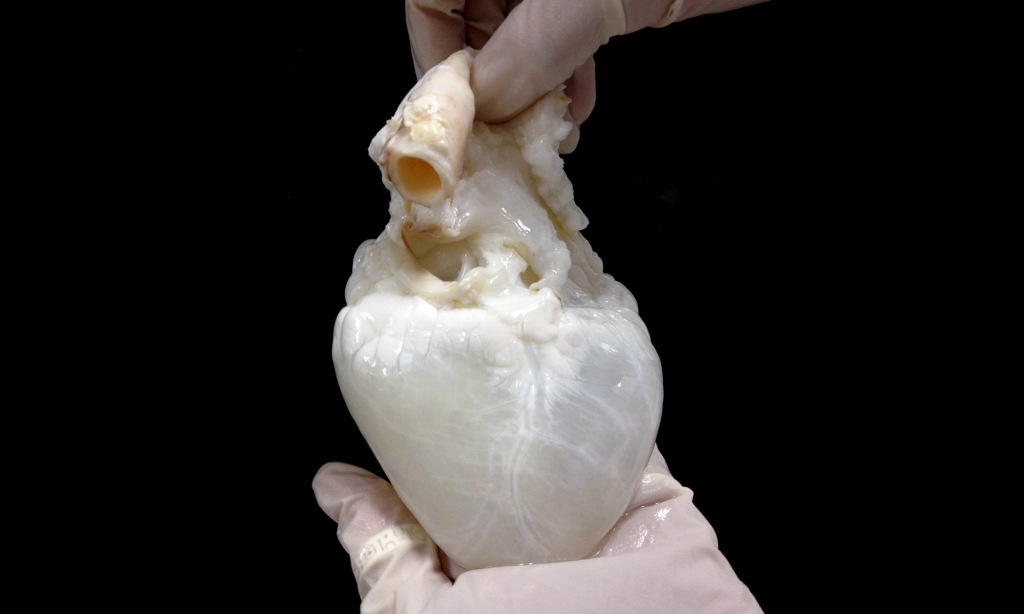The choice of stem cell source and donor always depends on available options and the disease to be treated. Therefore, it is Cellaviva’s recommendation to secure stem cells from both umbilical cord tissue and umbilical cord blood, if possible.

The connective tissue-forming stem cells (Mesenchymal stem cells from the umbilical cord itself)
When replacing damaged cells and tissue, for example to form a new jawbone following a traffic accident, you would prefer the patient’s own stem cells. Once the stem cells have matured and become part of the body, they must be tolerated by the immune system and therefore the patient’s own stem cells is be preferred.
If, on the other hand, the stem cells are supposed to suppress an overactive immune system and then disappear, it is not important whether the stem cells are from the patient or not. NextCell Pharma has developed ProTrans for this purpose. In treatment methods, isolated stem cells are needed. Cellaviva’s method ensures isolated viable cells, which is key in case they are needed for medical treatment. Most treatments with tissue stem cells are still experimental and research is intensive and extensive. Cellaviva and Next Cell Pharma are amongst the research leading the way in developing new treatment methods for previously incurable diseases.

The blood forming stem cells (Hematopoietic stem cells from umbilical cord blood)
A hematopoietic stem cell transplant involves transplanting an entire immune system. White blood cells are tasked with identifying and destroying foreign cells, bacteria or viruses. The immune cells decode whether the suspected cell has the same type of tissue, called HLA. When undergoing hematopoietic stem cell transplantation with own stem cells, it is the same type of tissue, and thus there is no risk of rejection or so-called graft-versus-host disease. Ca. 2/3 of all hematopoietic stem cell transplants are done with the patient’s own cells.
In some types of blood cancer, such as Leukemia, transplantation with another’s stem cells with a similar type of tissue is preferable. The reason for this is that someone else’s immune system can attack the blood cancer cells that remain in the body after medical treatment and produce a so-called graft-against-tumor effect. If you are affected by blood cancer as a child, there is also a risk that one’s own stem cells carry a cancer precursor and increase the risk of further cancer.
When donated stem cells are preferred for treatment, transplantation with cells from a relative has been shown to be more appropriate than unrelated stem cells.
Excerpt from Newsletter Mathias Svahn 2019, CEO and Founder of NextCell Pharma and Cellaviva



